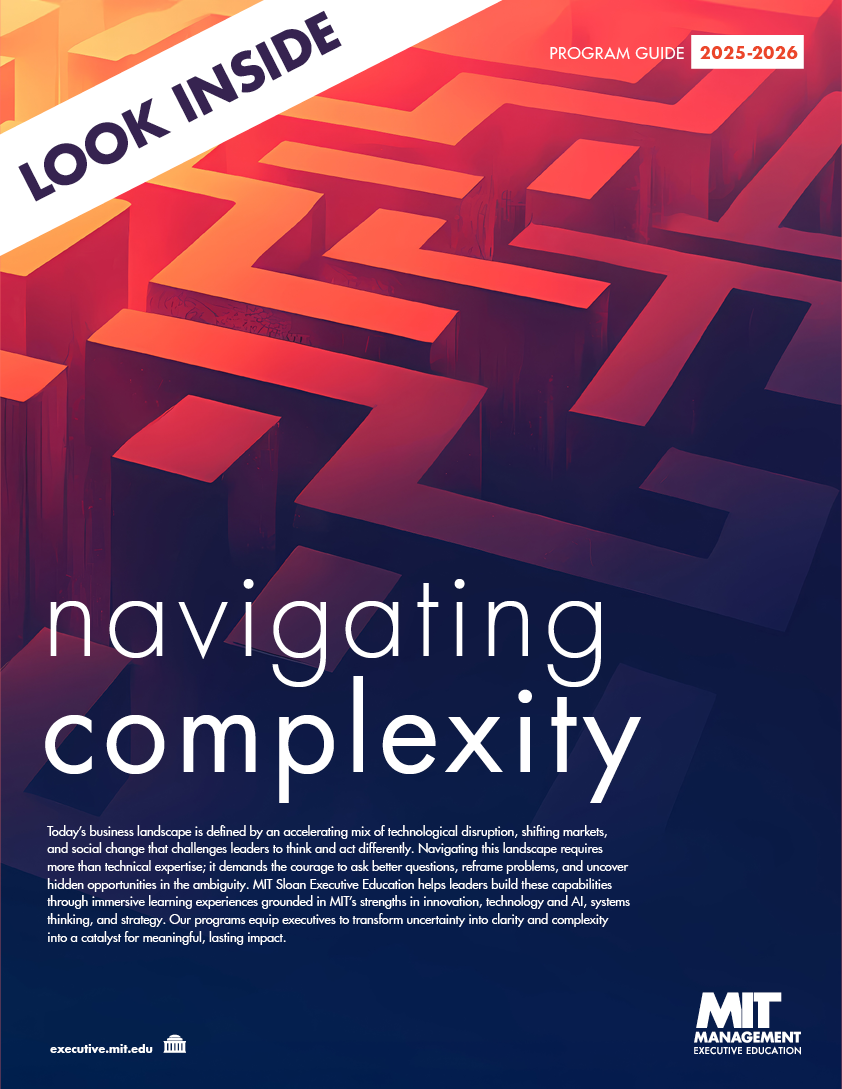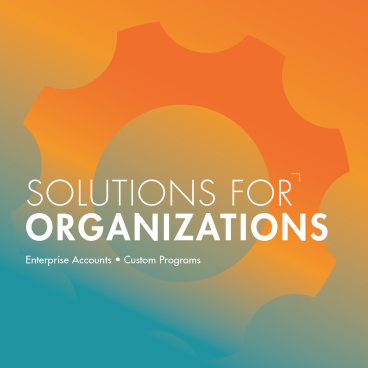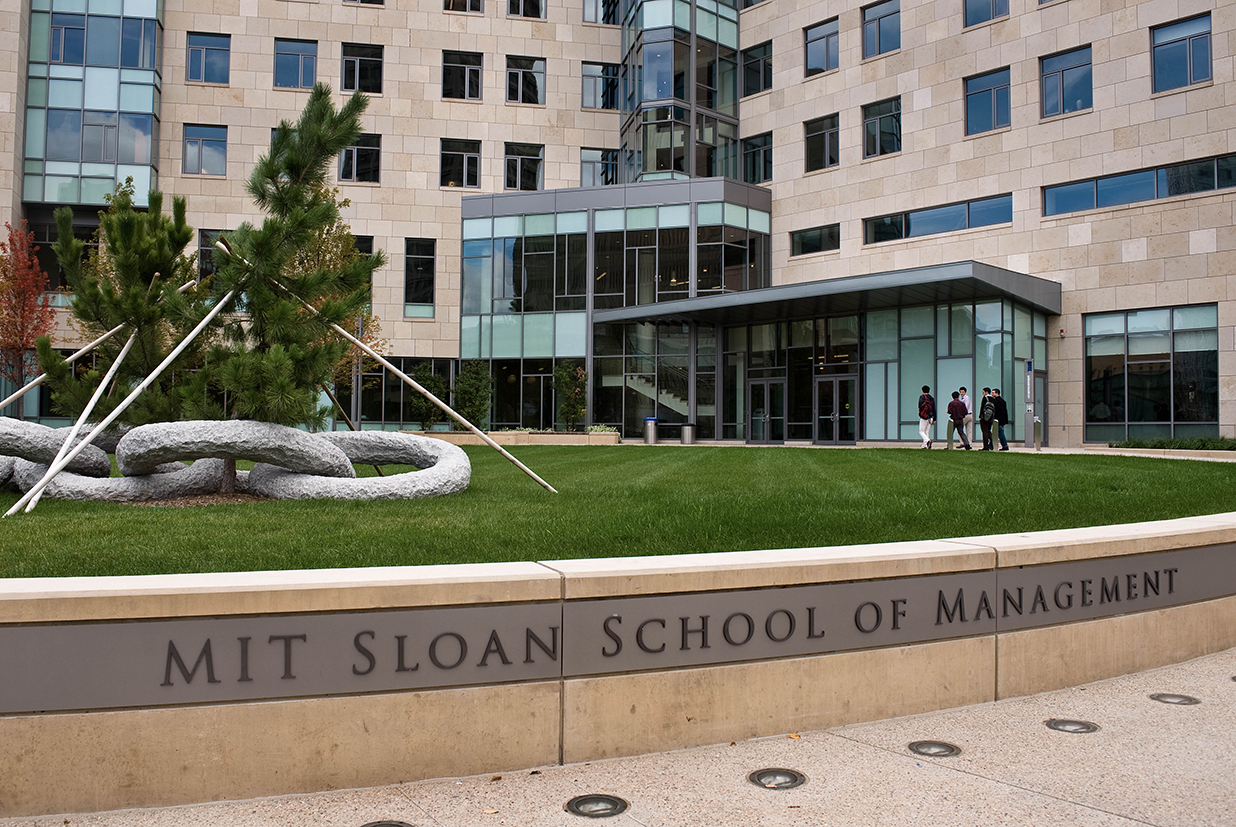Organizations in every sector face pressure to adapt quickly in response to change. According to Steven Spear, Senior Lecturer at MIT's Sloan School of Management, their success doesn’t hinge on speed or even resources—it’s about how well teams learn, solve problems, and collaborate.
Legacy systems and the hidden cost of silos
Spear offers the U.S. Navy as an example. Critical delays in repairing submarines and other warships compromise the organization’s surge readiness to project power and thereby ensure freedom of navigation for all, deter adversaries, and defeat enemies if necessary. For instance, nuclear-powered attack submarines—a unique U.S. advantage—are being especially impacted. In one extreme example, the USS Boise will have waited 14 years for its depot-level maintenance to be completed before the ship can return to the fight. There are other examples of extended delays impacting shipyards’ workforces, ships’ crews, and the Navy’s ability to conduct its missions.
Some propose that additional funding for the Navy will help. And, no doubt, improvements to the capital base and increased funding for parts, materials, tools, and equipment would help. But the Navy’s leadership models—rooted in the 1960s thinking of the disastrous Secretary of Defense, Robert McNamara—are a primary culprit. Those models assumed that with sufficient reporting and data collection, top leaders could know what was happening in functional silos, perform meaningful analysis, and successfully micro-manage from the top down. Not only have those approaches never worked—they never can.
There is solid information theory demonstrating the impossibility of collecting data with sufficient speed, frequency, and accuracy for top-level decision-making to keep up with what is occurring at the point of work. There is also sound operations research theory showing that even if the data were available, computing solutions to such problems would be impossible anyway.
The alternative—sound in theory and proven in practice—is to connect individual functions into coherent systems at the operating level, thereby reducing the complexity of collaboration in planning and preparation, and coordination in execution. That further creates the possibility for many to contribute to the problem-solving challenges all organizations must overcome, rather than leaving that work to the rarified few.
Such points have been voiced by MIT luminaries on system structures and dynamics: Michael Hammer on “re-engineering”; Womack, Jones, and Roos on lean production; Jay Forrester and the systems dynamics community in general; Steve Eppinger on Design Structure Matrices and modularity; Peter Senge on organizational learning; and Douglas McGregor on organizational theories X and Y.
While none of these issues of over-fragmentation into silos are unique to the U.S. Navy, the Navy has actually pioneered alternative approaches for wiring its parts into an exceptionally well-functioning whole—with great success.
The power of distributed experimentation
As Spear has previously shared, at the turn of the 20th century, the U.S. Navy faced two profound changes: a need to become a bona fide transoceanic power, coupled with rapid technological change (first the introduction of turret-based battleships and then naval aviation). These developments demanded new ways of operating, since past experience with outdated missions and methods was no longer a reliable guide.
When Navy leadership realized they had problems without answers, according to Spear, they did not hold for themselves the privileges of defining problems and developing solutions to be imposed “from above.” Rather, they decided to “take those problems and push them out to the field,” essentially democratizing the innovation and improvement dynamic. For new shipboard systems, ships’ captains and crews had both the authority and responsibility to experiment—not being held accountable only for “getting things right,” but for their creativity in trying new approaches and capturing and sharing lessons learned. The point was to foster learning at the operational edge that advanced capability for the entirety of the enterprise.
At a larger scale, the Navy ran “war games” in the halls of the Naval War College in Newport, Rhode Island, and pushed harder at the frontiers of understanding by conducting annual “Fleet Problems” during the 1920s and 1930s. The point? Engage sailors on ships (virtual or real) and pilots in planes (again, virtual and real) to see what problems arose and how they could be addressed, using new technology to take on new objectives.
In what many would assume was a necessarily hierarchical environment, this was a remarkable shift. Instead of simply following orders (what Spear calls “an ‘aye aye, sir’ compliance model”), U.S. Navy crews were engaged not just for their brawn in hoisting shells and pulling lines, but for their brains—to see and solve problems, helping spread and systematize solutions.
Learning that sticks at every level
A similar strategy can transform organizations across industries. Much like the U.S. Navy today, modern enterprises are characterized by legacy management models, the fragmentation of what should be integrated efforts into isolated silos of activity, and delayed problem-solving. Embracing uncertainty about the right answers—and conducting rapid, frequent, and distributed experiments to find them, not just in labs or on a small scale—are foundational drivers of success.
As Spear shared in a conversation about his co-authored book Wiring the Winning Organization, organizations that cannot adapt to change in this way enter a “danger zone” of wildly distressed problem-solving capability and productivity. This occurs when, “despite evidence that what we’re doing is not working… we’re so compelled to maintain operational tempo we don’t stop and fix what is not working.” Or, even if we could stop, we’re so locked into “how things are done” that we keep doing them even when what once might have worked no longer does.
This appetite for experimentation is not just for things that are small and malleable. Even for large, complex, or slow-moving changes—like developing entirely new concepts of operation in the face of rapid technological change and political shifts, such as those Navy leadership had to deal with—leaders can implement thought experiments, simulations, models and mockups, prototypes, and war games. These are all ways of subjecting our best thinking and doing stress tests to find out how and why they actually won’t work. That helps us see problems we can then solve.
Wired for impact: Leadership lessons for agile organizations
The following best practices are drawn from Spear’s research on effective leadership and strategy from organizations he identifies as models, including HD Hyundai, United Airlines, Toyota, TSMC, Panasonic, and Airbus:
- Prioritize collective learning. AAim to create an environment where team members feel empowered to contribute knowledge and skills, working toward what Spear calls the ideal “social circuitry.” This should include fostering open dialogue and psychological safety, so that people feel secure in raising concerns and sharing ideas.
- Break down silos and build cross-functional teams. Spear advocates for moving away from narrow, functional roles towards mission-focused teams. This approach can help improve communication, accelerate problem-solving, and align efforts, enabling organizations to respond more effectively to complex challenges.
- Embrace continuous improvement and experimentation. In Wiring the Winning Organization, Spear and co-author Gene Kim argue for “slowification,” a process that involves taking time for reflection and adjustment, not just execution. In tandem, leaders should encourage small-scale experiments with rapid feedback loops.
- Move beyond compliance to better address problems. According to Spear, a discovery mindset needs to trump conformity: “We have to figure out what problem we really need to solve, why it’s actually occurring, what corrective actions will address it effectively, and how to bring those ideas into action.”
- Leverage technology and data for superior decision-making. Access to real-time data systems can dissolve silos, empowering teams to act decisively when issues arise. By leveraging predictive analytics and AI-powered tools, organizations can proactively identify and address both local and systemic problems before they snowball.
As Spear has observed, today’s innovations have altered very little about what rapid change requires—for the US Navy in the late 1900s and now, and for organizations of all kinds.
“Technology changes the conditions in which we're operating, it changes the tools available to us, it changes the object of our design intent. What it doesn't change are the powers and the limitations of the human mind which is why management systems … must be designed intentionally around taking advantage of the powers of the human mind working individually and collaboratively and collectively,” he says.
Learn how these leadership principles can serve as a growth lever for your organization in Steve Spear’s upcoming courses Creating High-Velocity Organizations (live) and Learning Organizations for High Velocity Performance (self-paced, on-line, with live office hours).








